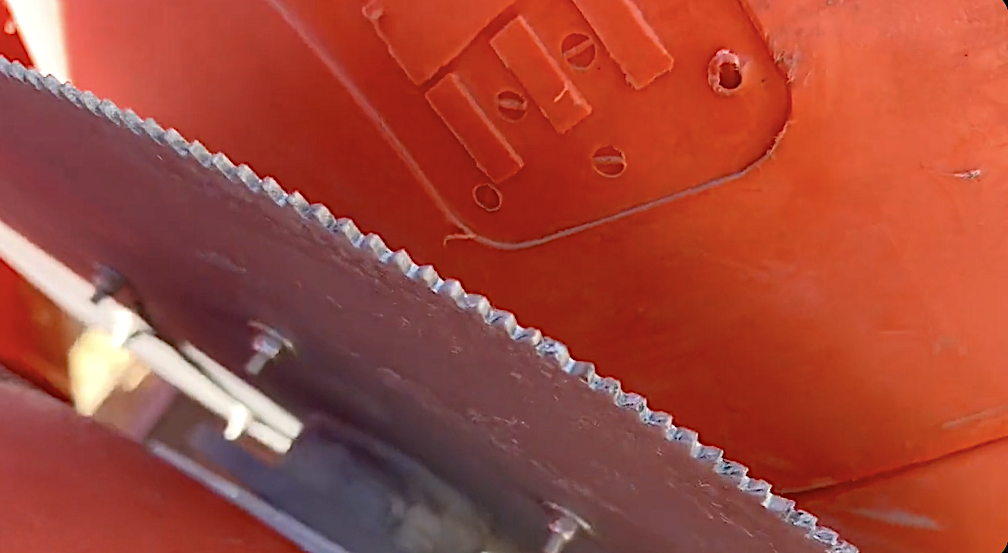America's fertility rates just hit an all-time low. Researchers don't know why.


The U.S. fertility rate fell to a record low in 2017, the National Center for Health Statistics reported Thursday, down 3 percent from the year before.
Fertility rates declined sharply after the Great Recession that began in 2008, but researchers are surprised that the rate hasn't bounced back since the economy recovered. Last year there were just 60.2 births per 1,000 women of childbearing age. The drop from 2016 to 2017 constitutes the largest single-year decline since the recession.
There is a growing number of women of childbearing age, but researchers think they are postponing pregnancy to focus on career advancements and achieving financial stability, reports The New York Times. However, the most recent drop showed a decline for women in their 30s, who had previously shown rising fertility rates attributed to the pattern of postponing.
The Week
Escape your echo chamber. Get the facts behind the news, plus analysis from multiple perspectives.

Sign up for The Week's Free Newsletters
From our morning news briefing to a weekly Good News Newsletter, get the best of The Week delivered directly to your inbox.
From our morning news briefing to a weekly Good News Newsletter, get the best of The Week delivered directly to your inbox.
Fertility rates have dropped even more drastically among minority groups: Between 2007 and 2016, the rate dropped 27 percent among Hispanic women, 11 percent for black women, 5 percent for Asian women, and 4 percent for white women. The good news is the number of teenage pregnancies has declined significantly, dropping a full 70 percent since the rate peaked in 1991. Read more at The New York Times.
A free daily email with the biggest news stories of the day – and the best features from TheWeek.com
Summer Meza has worked at The Week since 2018, serving as a staff writer, a news writer and currently the deputy editor. As a proud news generalist, she edits everything from political punditry and science news to personal finance advice and film reviews. Summer has previously written for Newsweek and the Seattle Post-Intelligencer, covering national politics, transportation and the cannabis industry.
-
 Nobody seems surprised Wagner's Prigozhin died under suspicious circumstances
Nobody seems surprised Wagner's Prigozhin died under suspicious circumstancesSpeed Read
-
 Western mountain climbers allegedly left Pakistani porter to die on K2
Western mountain climbers allegedly left Pakistani porter to die on K2Speed Read
-
 'Circular saw blades' divide controversial Rio Grande buoys installed by Texas governor
'Circular saw blades' divide controversial Rio Grande buoys installed by Texas governorSpeed Read
-
 Los Angeles city workers stage 1-day walkout over labor conditions
Los Angeles city workers stage 1-day walkout over labor conditionsSpeed Read
-
 Mega Millions jackpot climbs to an estimated $1.55 billion
Mega Millions jackpot climbs to an estimated $1.55 billionSpeed Read
-
 Bangladesh dealing with worst dengue fever outbreak on record
Bangladesh dealing with worst dengue fever outbreak on recordSpeed Read
-
 Glacial outburst flooding in Juneau destroys homes
Glacial outburst flooding in Juneau destroys homesSpeed Read
-
 Scotland seeking 'monster hunters' to search for fabled Loch Ness creature
Scotland seeking 'monster hunters' to search for fabled Loch Ness creatureSpeed Read



